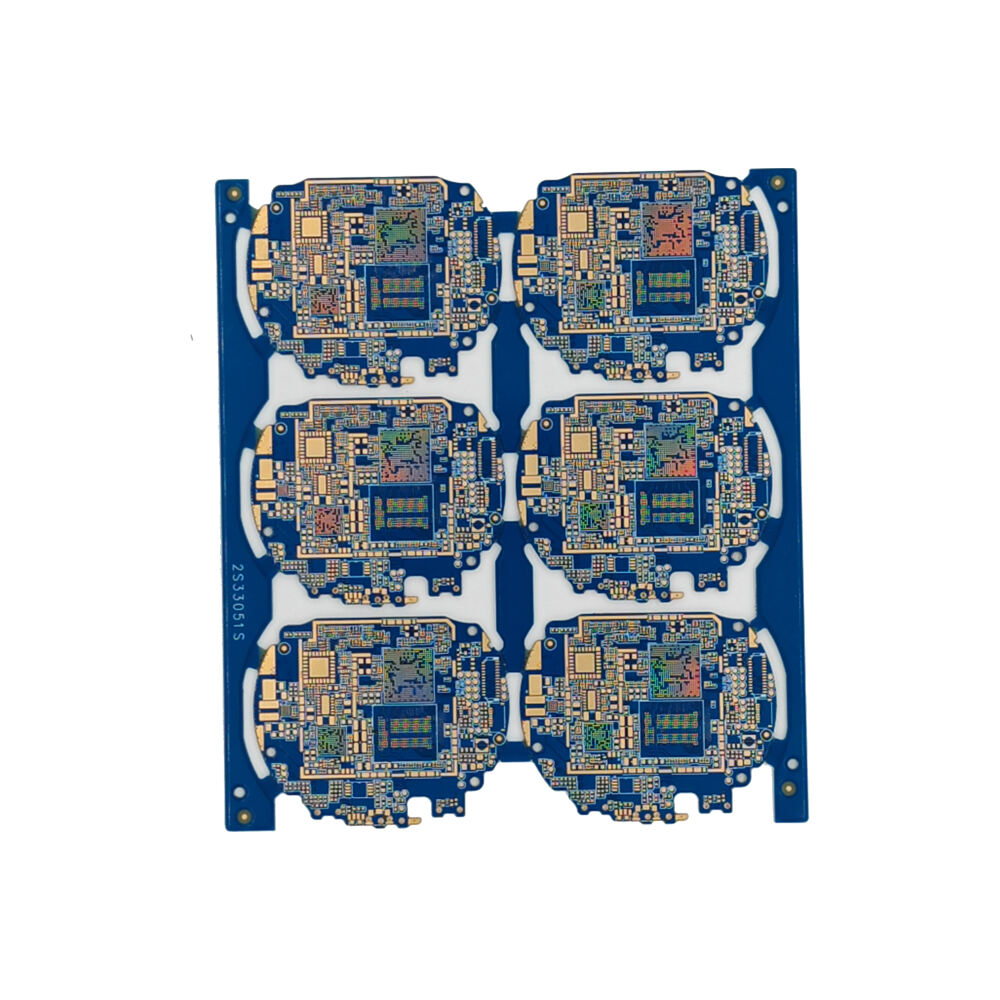It is impossible to imagine today’s technological devices without printed circuit boards (PCBs) since they provide electrical interconnections between the devices’ elements. The procedure for making these boards however is detailed and every step should be done with great accuracy in order to produce quality results. SHEN CHUANG, a PCB manufacturing company does not compromise in the steps taken during the circuit board fabrication process in order to achieve strong, robust, and functional power circuits. This article explains the essential concepts of PCB manufacturing in a more comprehensible manner.
Step I: Preparation for Manufacturing- Building the Design for the process.
It is important to note that there are no particular tools that can be used in the designing process. The designers are free to draw whatever tools they consider appropriate. SHEN CHUANG OR Cadblux however recommends the use of high resolution industrial CADs during the final designing of the PCB to prevent any errors from occurring. The latter program is used to bring together not just the mechanical structure of the board but also the location of a multitude of components including traces, vias and pads. After performing the layout, the designers are required to prepare a model and a picture of the board to ensure that the designs are both effective and possible in practice.
Step 2: Printing the Circuit Pattern
After the design phase, the next step in the PCB development process is the production of the real board. To do so, it starts with the production of the copper clad laminate. First, the PCB substrate material is laminated with a thin layer of copper foil and the circuit pattern is etched onto the board using either photographic or laser transfer methods. The board is, however, rigidly coated with a photosensitive coating, which hardens when exposed to ultraviolet light in the photoresist region that relates to the etching graphic, leaving the rest of the surface unexposed and easily washed out.
Step 3: Etching and Drilling
The next procedure, after the circuit pattern is printed, is etching. The exposed copper areas are chemically etched to obtain the desired circuit traces. This process is then followed by drilling, where holes for component leads and vias are made. SHEN CHUANG also employs state-of-the-art computer-controlled drilling machines to standardize the nature and size of holes.
Step 4: Plating and Coating
For the PCB to be electrically conductive, a plating process is employed. All drilled holes are coated with a layer of copper using an electroplating technique. Also, in order to Corrosion, and also to avoid an accidental short during work, the PCB’s surface is coated with a thin solder mask which is a durable protective layer. The solder mask also adds color to the PCB which can be changed as per the customer’s requirements.
Step 5: Component Placement and Soldering
The next stage is assembly and this stage is engaged when the board is entirely prepared. Resistors, capacitors, and ICs are on the board with the help of automated pick and place machinery. These machines adhere the components in A for above the board accurately. The above placement enable the board to go to soldering stage where components are fixed on the PCB with either wave soldering or reflow soldering . Here it can be noted that SHEN CHUANG takes care of high quality during soldering such that cold joints or solder bridges do not exist.
Step 6: Testing and Quality Control
Ultimately, the last step in the process of making a PCB is the testing and quality assurance. There are many steps in this process which include the testing and inspection in order to assess the performance of the board and its compliance with requirements. SHEN CHUANG offers both methods of automated optical inspection (AOI) and JTAG connection testing (E-test) for this purpose. All defective boards are never shipped before passing all the tests.
A lot of important stages take part in the construction of PCB, starting from the designing phase and finally the testing phaseand each of these steps is of utter importance for the denouement of the end product. SHEN CHUANG adapts the latest technological developments and global trends in manufacturing processes to allow the production of modern PCB that recognizes the advances in electronic systems. Such procedures allow SHEN CHUANG to maintain the robustness and usefulness of each PCB in a multitude of electronic appliances.
